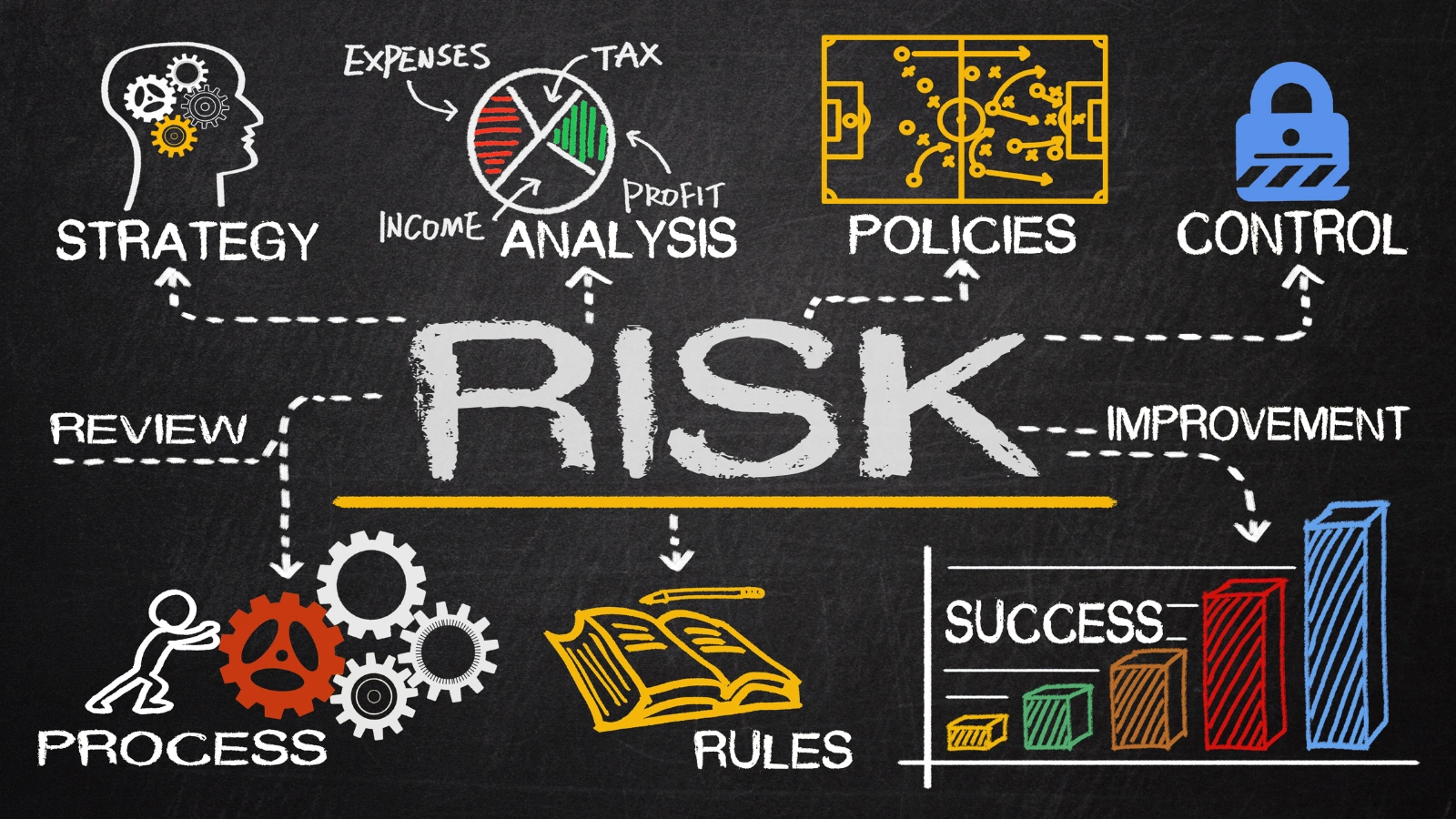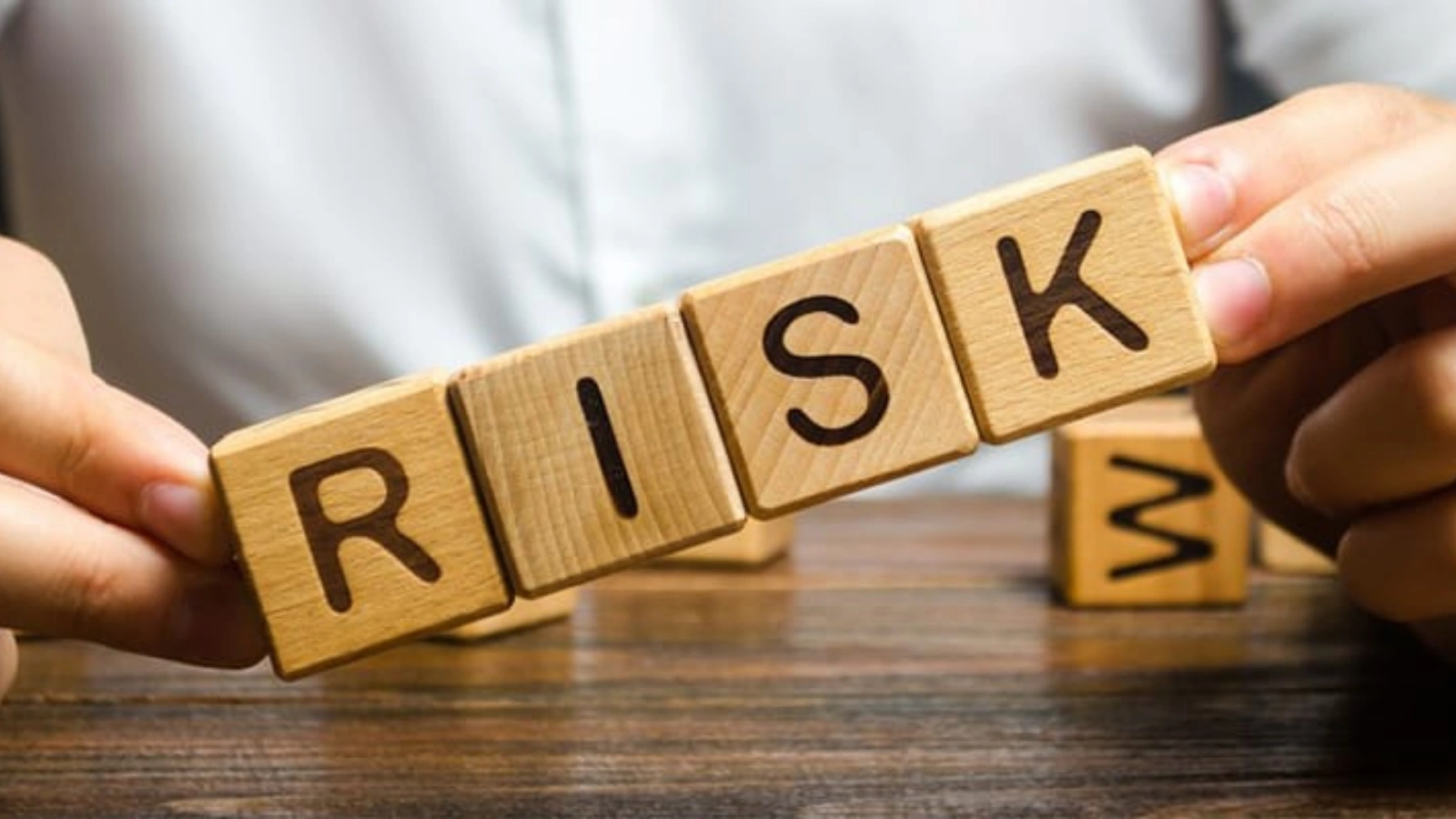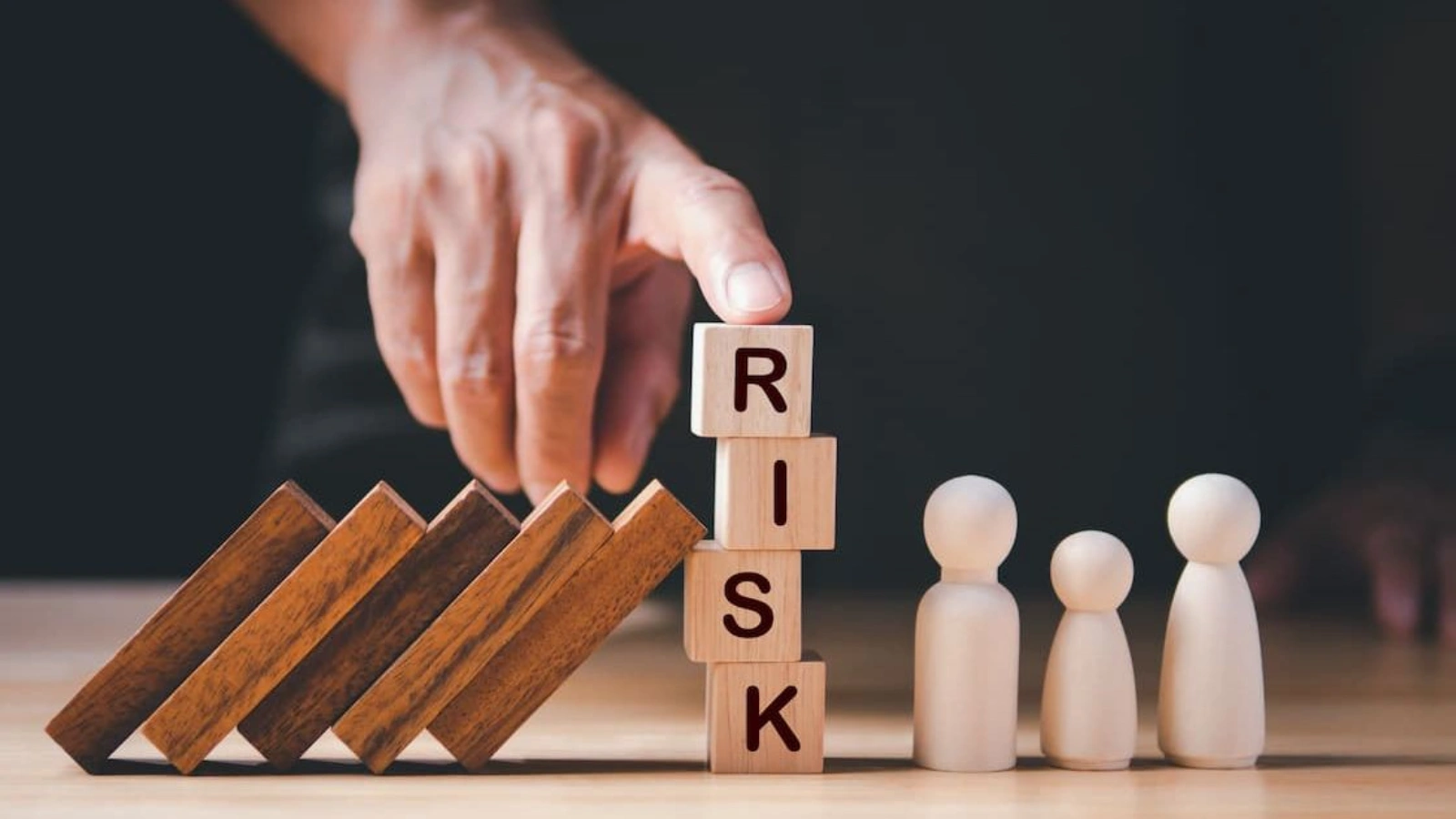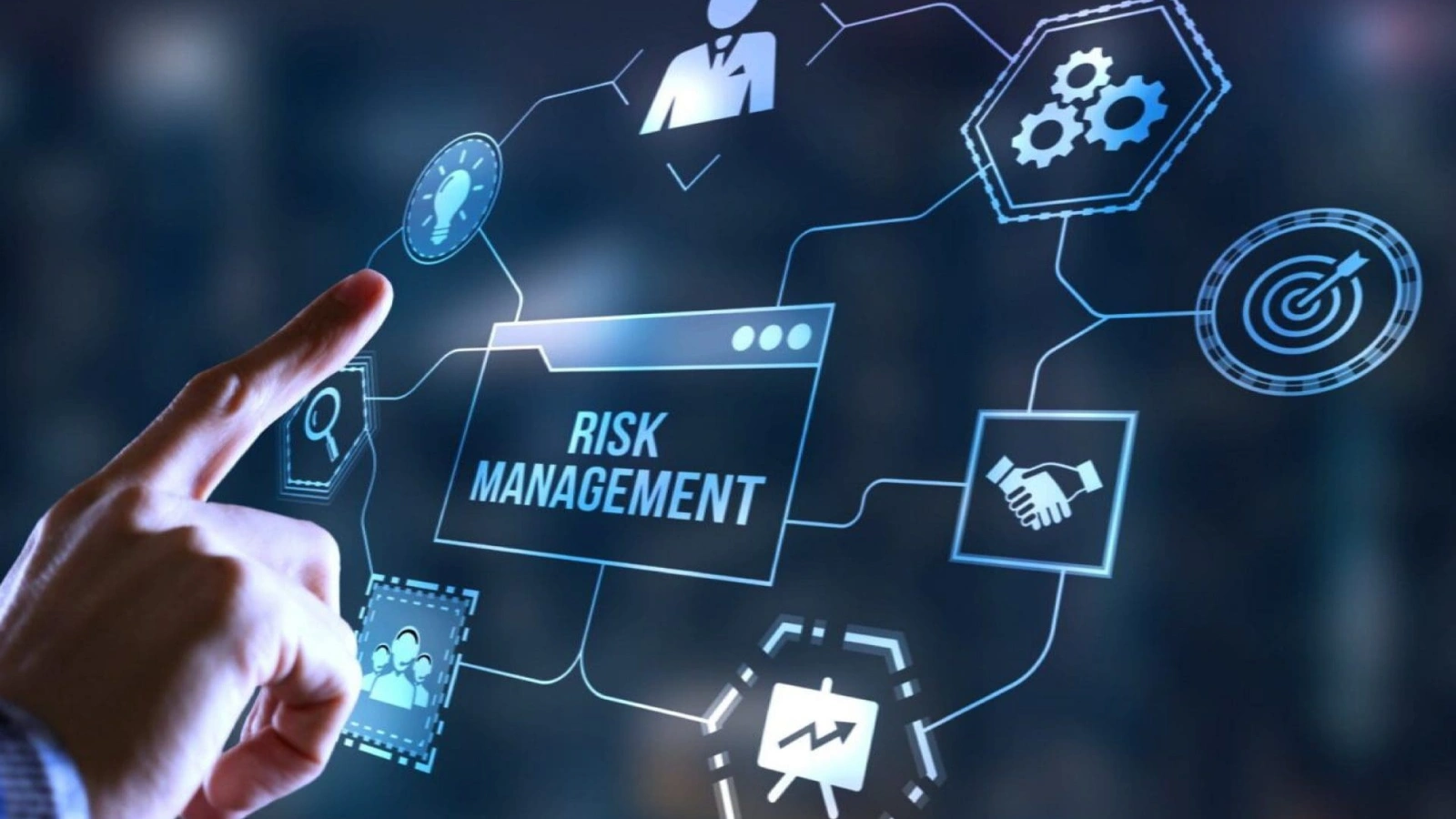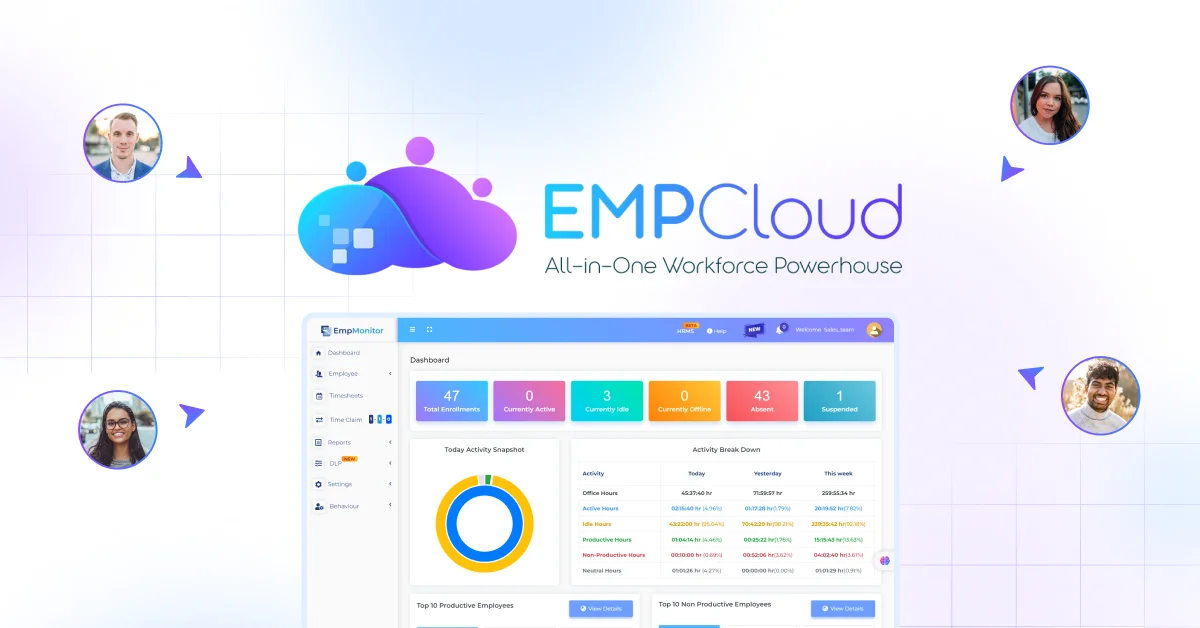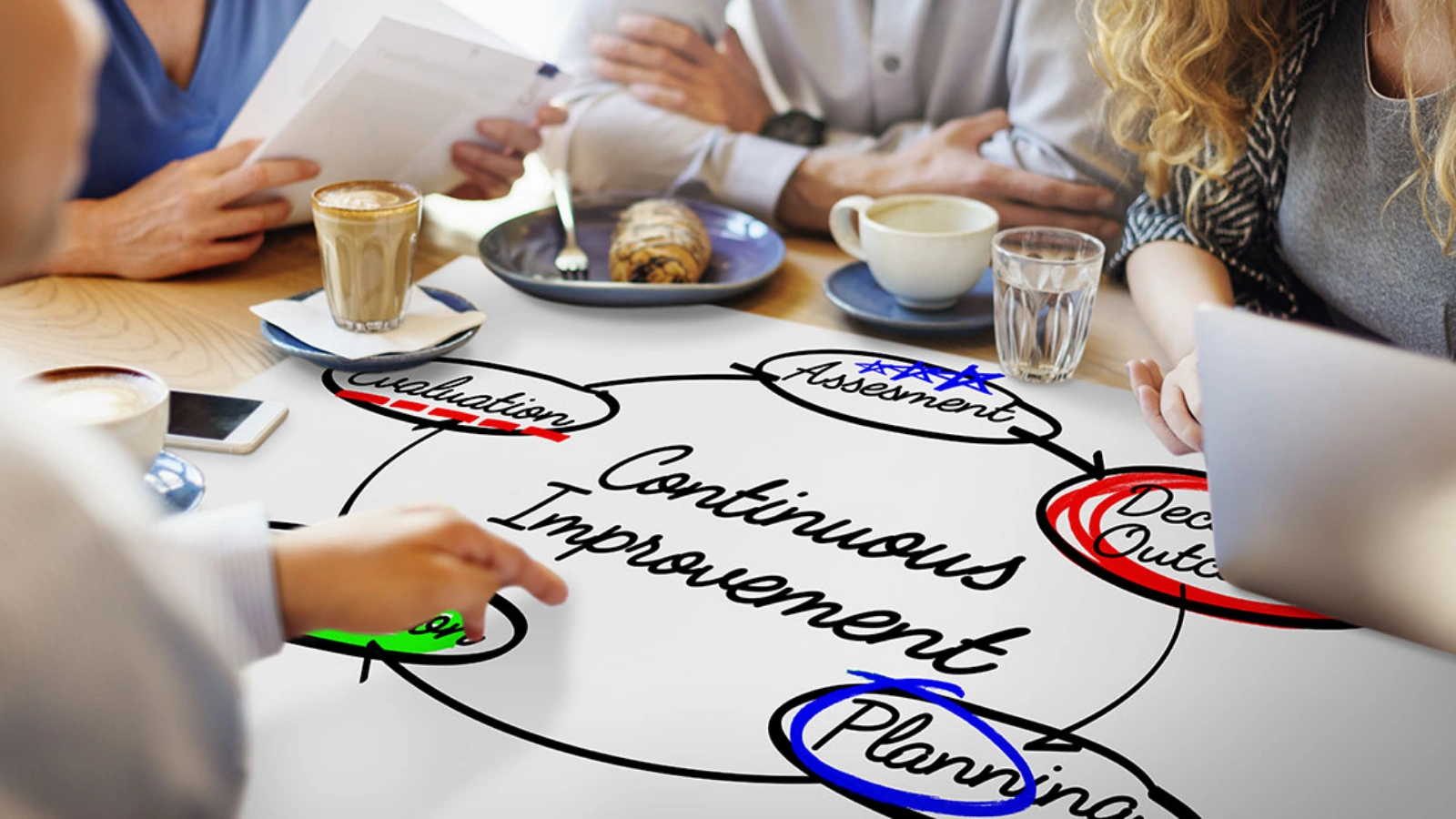
Project delivery success has become more challenging than ever. Deadlines are tighter, budgets are slimmer, and project scope changes often appear without warning. In this constantly shifting landscape, organizations must build stronger control systems to stay ahead of negative outcomes. That is where effective project risk management becomes a crucial advantage.
Strong risk control enables organizations to foresee potential issues, prepare preventive strategies, and adapt quickly. When done correctly, teams avoid expensive delays, maintain client trust, and protect the organization’s reputation. For this reason, risk planning is no longer optional. It has become a foundational discipline for modern businesses, especially those managing multiple projects across distributed teams.
This blog will explore practical strategies, modern tools, and intelligent approaches to improve risk handling, ending with a powerful software recommendation that supports risk control end-to-end.
In a hurry? Listen to the blog instead!
What Is Project Risk Management & Why Does It Matter?
Project risk management is the structured process of identifying, analyzing, and responding to potential threats that might affect project success. Risks can come from multiple sources such as technology failures, budget fluctuations, supply delays, or sudden workforce limitations.
Organizations that implement risk planning deeply benefit in several ways:
- They protect themselves from unexpected costs.
- They deliver results within agreed timelines.
- They maintain consistent performance and quality.
- They support better decision-making with real-time information.
- They enhance team confidence by minimizing uncertainty.
Risk control is not about eliminating all possibilities. Instead, it involves preparing intelligent response strategies so projects run smoothly despite challenges.
Which Types Of Risks Should Businesses Focus On?
Every project faces different forms of risks, and understanding these categories is essential for effective project risk management. However, the most common categories appear across most industries:
Operational Risks:
These arise from internal process failures such as poor communication, unclear task ownership, or inefficient workflow structures. They often lead to confusion, rework, and declining productivity if not addressed early. Effective project tracking can help identify and resolve these issues promptly.
Financial Risks:
Unexpected costs, budget cuts, or inaccurate forecasting can severely impact project viability. Limited financial resources may force scope reduction, reduced quality, or extended timelines.
Schedule Risks:
Delays caused by dependency bottlenecks, resource shortages, slow approvals, or inaccurate time estimation can push deadlines forward. This affects client expectations and project sequencing.
Technical Risks:
System incompatibility, software crashes, and outdated tools can halt progress. These risks often require specialized expertise and can become costly if discovered late in the project cycle.
Compliance Risks:
Regulatory requirements vary across sectors, and failing to meet them can lead to legal penalties, failed audits, project suspensions, or reputational damage. Continuous monitoring, documentation accuracy, and timely policy updates are essential to stay aligned with industry standards.
When supported by structured project risk management practices, organizations can avoid costly setbacks and maintain full compliance throughout the project lifecycle.
Human Resource Risks:
Skill gaps, absenteeism, low morale, and performance inconsistency can impact work quality and delivery speed. When key team members are unavailable, project momentum slows and errors increase.
When companies identify these risks early, they increase control over timelines and budgets.
Also Read:
What Is Project Tracking? The Ultimate Guide For Businesses
How Does Early Identification Improve Overall Success?
Foresight is the backbone of project risk management. When risks remain hidden, they accumulate silently until they become expensive crises.
Early identification offers:
- Better task prioritization
- Faster decision-making
- Affordable response strategies
- Improved stakeholder confidence
- Higher delivery accuracy
Teams gain the opportunity to eliminate threats before they grow.
How Should Project Teams Respond To Identified Risks?
Response strategies depend on the nature, likelihood, and potential impact of each risk. Once identified and analyzed, teams should select the most suitable approach to minimize disruption. In the context of effective risk management in project management, this clarity becomes even more critical when planning structured responses.
The most common risk management strategies include:
Avoidance — eliminating the source of the threat completely.
This involves changing the project plan or removing high-risk activities altogether. For example, using proven technologies instead of untested ones can prevent potential technical failures and strengthen overall project risk management.
Mitigation — reducing its severity.
Teams take proactive steps to minimize the probability or impact of a risk. This may include additional testing, backup planning, training, or process improvements to limit possible damage. A documented risk management plan template helps teams prepare these actions in advance.
Transfer — sharing impact with external partners (such as insurance).
When risks cannot be completely avoided, organizations may transfer responsibility to a third party, such as outsourcing, insurance coverage, or vendor agreements that absorb part of the risk.
Acceptance — monitoring risks that have manageable outcomes.
Some risks are unavoidable or too minor to justify heavy investment. In such cases, teams consciously accept the risk, document it, and monitor its progress to ensure it remains within control.
Effective project risk management requires continuous tracking of these actions. Regular monitoring ensures that the chosen response remains relevant as project conditions evolve.
What Role Does Technology Play In Eliminating Project Risks?
Modern projects operate across multiple time zones, platforms, and communication layers. Technology becomes the backbone of consistency by improving visibility, reducing manual work, and removing guesswork. With the right digital systems, managers can detect issues early and respond before they escalate.
Automated systems help teams:
Track performance trends:
Analytical tools monitor productivity, task completion, and effort variations over time. This helps managers identify performance dips or workload imbalances sooner, especially when combined with accurate project time tracking.
Present real-time dashboards:
Visual dashboards provide instant access to key metrics such as task progress, resource availability, and timeline status. Teams make more confident and quick decisions with live data.
Automate reporting:
Automation eliminates manual reporting delays, reduces human errors, and improves documentation quality. Scheduled reports maintain transparency without additional workload, strengthening overall project risk management.
Highlight anomalies:
Smart alerts flag unusual behavior, like sudden inactivity, delayed task progress, or inconsistent attendance, allowing teams to address problems before they grow.
Standardize workflows:
Technology ensures that all team members follow consistent processes, reducing confusion, rework, and dependency on individual habits. Standardization ensures predictable project outcomes.
A skilled leader can resolve risks faster when supported by accurate project data. This is where a platform like EmpCloud becomes valuable, offering real-time visibility into employee performance, task allocation, attendance records, and productivity insights.
As a project management tool and workforce management software, it centralizes workforce data, streamlines planning, and supports better decision-making. With unified insights across teams and tasks, managers reduce uncertainty and ensure smoother project execution.
Also Read:
Why Project Time Tracking Software Is Better For Productivity?
How Can Teams Strengthen Accountability In Risk Handling?
Strong accountability ensures that risks are not ignored, delayed, or mismanaged. To achieve this, leaders should:
Assign clear risk owners:
Each identified risk should be linked to a specific person or team responsible for tracking, reporting, and resolving it. This eliminates confusion and shared-blame scenarios and improves overall project risk management.
Define expected actions:
Document the steps required to manage or mitigate each risk. Clarity prevents guesswork and ensures consistency across the project.
Set deadlines for each response:
Time-bound actions ensure that risks are handled before they escalate. Deadlines also allow project managers to measure progress effectively.
Review escalations transparently:
If a risk grows beyond the assigned owner’s control, escalation paths must be clearly defined. Transparent reviews encourage accountability without finger-pointing.
Additionally, performance dashboards provide real-time visibility into who owns which risks, their current status, and upcoming deadlines. This data-driven transparency motivates timely action, strengthens responsibility across the team, and supports effective project risk management.
Why Must Organizations Review Risks Regularly, Even When Projects Look Stable?
Many threats emerge quietly when teams become overconfident. Regular reviews allow managers to detect:
- Early workload imbalance, ensuring tasks remain evenly distributed and preventing burnout before deadlines slip.
- Declining morale, helping leaders intervene with motivation strategies before productivity drops.
- Overcommitment, revealing unrealistic schedules, or resource overload could harm delivery quality.
- Underutilization allows organizations to reassign idle talent and improve cost efficiency.
- Resource wastage, highlighting unnecessary spending or duplicated work that drains the budget unnoticed.
Most project collapses occur because early warning signs are ignored, making consistent evaluation essential.
How Does EmpCloud Support Smart, Preventive Risk Control?
EmpCloud provides an integrated environment that strengthens proactive project risk control. By combining workforce analytics, task visibility, and automated alerts, organizations can detect emerging issues early and take corrective action before delivery deadlines are impacted.
Its ability to centralize project data, monitor performance trends, and streamline communication makes project risk management faster, more accurate, and easier for managers to supervise.
Core Features Supporting Risk Reduction
Time & Attendance Tracking:
Monitors employee availability, overtime, and productivity fluctuations. Early visibility into attendance gaps prevents schedule delays, resource overload, and unexpected bottlenecks.
Task Allocation & Ownership:
Assigns tasks with clear deadlines and role-based responsibilities. This removes confusion, reduces overlapping work, and ensures every deliverable has an accountable owner—essential for smooth coordination.
Productivity Insights & Trend Monitoring:
Tracks daily performance trends, compares productivity levels, and identifies unusual dips. Managers can intervene early with training, resource balancing, or process improvements.
Project Management Module:
Centralizes tasks, deliverables, files, and milestone tracking. Real-time status updates allow teams to predict slippage risk and adjust workload before final execution.
Client & Communication Management:
Maintains transparent communication histories, approval records, and expectations. This reduces the risk of misunderstandings, scope creep, and dispute escalation.
Automated Report Generation:
Generates visual reports on performance, attendance, workloads, and task progress. These insights act as early warning indicators, helping leadership address emerging threats instantly.
From an HR standpoint, EmpCloud also offers:
- Face Recognition Attendance System
- Policy & Document Management
- Automated Timesheets
- Employee Payroll
- Exit Management
- Access History
- Request Management
The platform centralizes workforce data, granting managers stronger oversight. This reduces uncertainty while increasing compliance and traceability across projects.
Key outcome: managers avoid risky assumptions.
Why Should Organizations Conduct After-Action Risk Reviews?
Post-project analysis strengthens long-term maturity and helps teams evolve strategically. Reviewing:
What went wrong — ncovers process gaps, communication failures, and decision delays that can be prevented next time, improving overall teamwork.
What worked well — highlights successful practices that can be standardized across future projects.
Which risks emerged — reveals hidden vulnerabilities that were not anticipated during planning.
How responses performed — evaluates whether mitigation actions were timely, effective, and cost-efficient.
These insights drive continuous improvement, enabling teams to develop smarter strategies, reduce recurring issues, and elevate project outcomes over time through stronger project risk management.
What Is The Relationship Between Risk And Team Culture?
Team culture plays a critical role in determining how proactively risks are identified, communicated, and resolved throughout a project lifecycle. When the culture discourages speaking up, employees often hide issues due to fear of blame, which allows minor concerns to silently evolve into expensive failures.
Conversely, a supportive culture empowers individuals to act responsibly and collaboratively. Strong cultures encourage:
Immediate reporting:
allowing teams to detect warning signs early and take corrective action before deadlines, budgets, or quality are compromised.
Constructive criticism:
enabling team members to challenge outdated processes, inefficient decisions, or unrealistic deadlines without fear of conflict.
Transparency:
ensuring departments share accurate status updates, enabling leaders to make informed decisions based on real project conditions.
Shared responsibility:
where every member feels accountable for outcomes, reducing bottlenecks caused by dependency or ownership confusion.
Additionally, positive cultures foster continuous learning, promote psychological safety, and reduce stress levels, all of which improve decision-making. Ultimately, culture acts as an invisible shield; when healthy, it stops risks from forming, but when weak, it silently accelerates failure in project risk management.
Also Read:
How To Improve Work Culture Using Smart Teamwork Tips?
How Do Organizations Improve Continuous Learning From Risk Handling?
Organizations strengthen future project outcomes by systematically capturing and reusing knowledge gained from past challenges. Leaders should maintain knowledge repositories, including:
Failure case studies, which document where processes, tools, or decisions went wrong, helping teams avoid repeating the same errors.
Response frameworks, providing structured guidelines on how to act quickly and consistently when similar risks appear again.
Escalation logs, offering insights into how long issues remained unresolved, who intervened, and which communication paths worked best.
Recovery examples, showcasing successful comeback strategies that strengthened project resilience after setbacks.
By building accessible learning systems, organizations develop a more mature risk mindset, shorten response time, and continuously improve project delivery standards. Continuous learning transforms isolated incidents into long-term operational advantages.
What Steps Should Managers Take To Upgrade Project Risk Maturity?
Managers aiming for higher maturity should:
- Implement continuous monitoring
- Adopt central platforms
- Enable automated attendance
- Track task progress visually
- Schedule milestone reviews
- Train employees on risk culture
Incremental improvements lead to exponential stability.
Conclusion
Organizations that invest in structured project risk management position themselves ahead of unpredictable challenges. By integrating analytics, workforce tracking, documentation discipline, and strong communication alignment, businesses reduce uncertainty and increase delivery success rates.
Modern platforms such as EmpCloud add a powerful advantage by centralizing information, eliminating manual errors, and providing real-time insights. Risk handling becomes proactive and intelligent, not reactive and expensive. When project execution aligns with workforce control, organizations achieve stronger operational confidence and long-term success
FAQs
1. How often should project risk assessments be updated during execution?
Risk assessments should be updated at every major milestone and whenever changes occur in scope, resources, or timelines. Doing so helps managers detect new threats early, adjust mitigation plans, and maintain accurate risk visibility throughout the project life cycle for effective project risk management.
2. What skills should a project manager develop to handle risks more effectively?
A risk-ready project manager should build strong analytical skills, communication abilities, negotiation capability, and the habit of reviewing historical data. These skills help anticipate issues, collaborate with stakeholders, and respond to challenges with minimal disruption.
3. Can outsourced teams increase project-related risks?
Outsourcing can introduce risks such as communication delays, quality inconsistencies, and time zone gaps. To reduce these challenges, organizations should define service expectations clearly, track progress through transparent tools, and maintain periodic performance reviews to support stronger project risk management.

